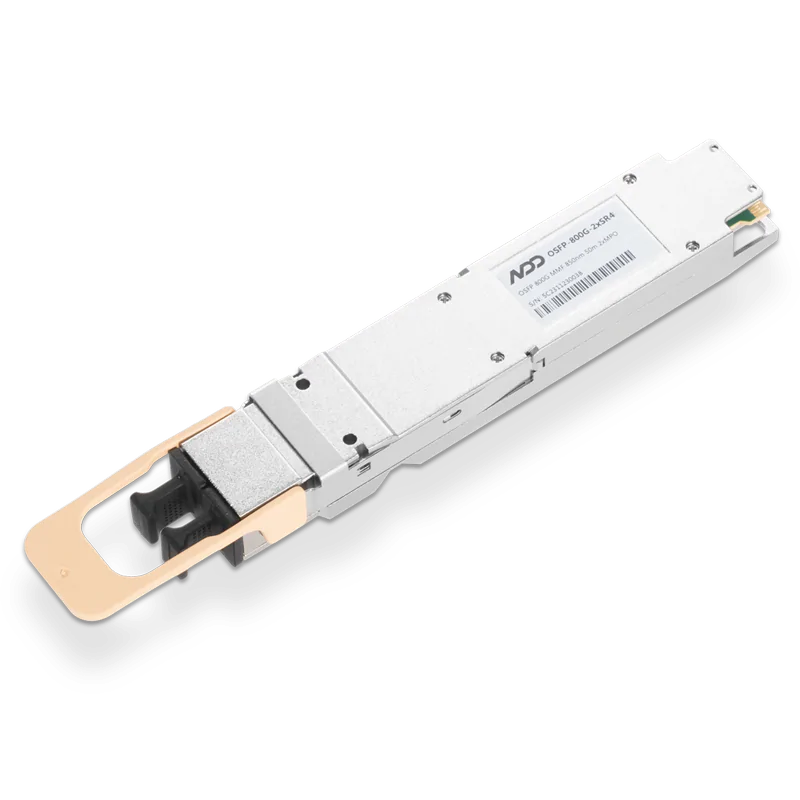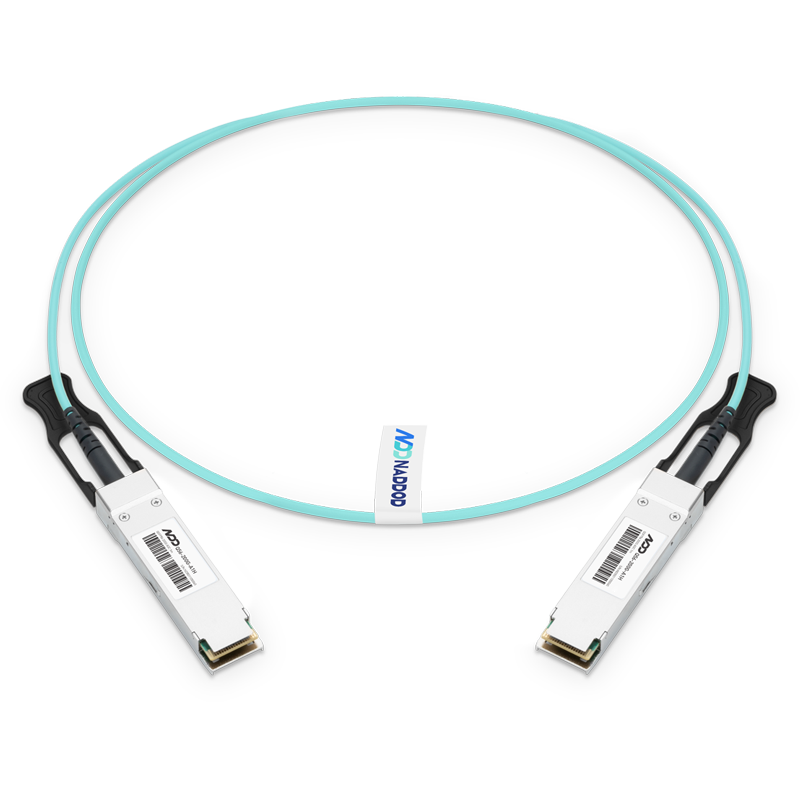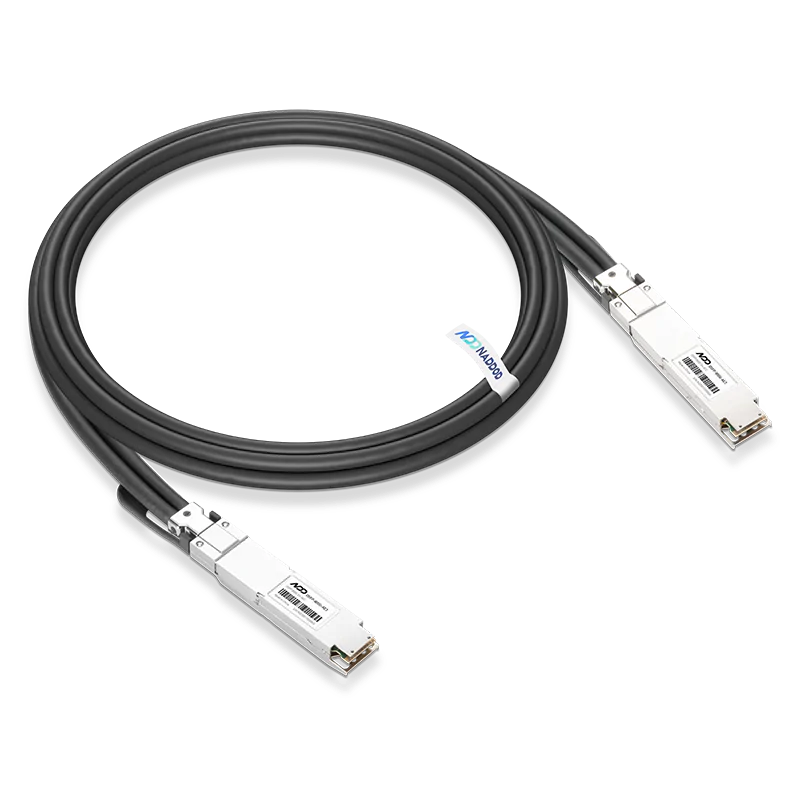Silicon photonics (SiPh) is revolutionizing the way data is transmitted in high-speed networks by integrating optical components with electronic circuits on a single silicon chip. This cutting-edge technology leverages the optical properties of silicon to achieve unprecedented data transmission speeds, making it indispensable in sectors such as data centers, telecommunications, and high-performance computing. By embedding components like waveguides, modulators, and detectors into silicon chips, silicon photonics offers a scalable and efficient solution to meet the growing demands for faster and more reliable communication technologies. This introduction focuses on the specific technological advancements and industry applications of silicon photonics, providing a clear and concise overview for professionals familiar with the field.
How Silicon Photonics Works
Silicon photonics leverages the optical properties of silicon to transmit data at high speeds using light. It involves embedding optical components such as waveguides, modulators, and detectors into silicon chips, which have traditionally been used only for electronic circuits. By merging these two domains, silicon photonics achieves high-speed data transmission while benefiting from the scalability of semiconductor manufacturing processes.
The development of silicon photonics began in the early 2000s, driven by the need for more efficient data communication methods. Today, it stands as a cornerstone of high-speed communication technologies, significantly impacting various sectors.
![]()
Key Components of Silicon Photonics
- Waveguides: Guide light waves along a predetermined path on the silicon chip, similar to how wires guide electrical signals.
- Modulators: Encode data onto the light waves by altering their properties, such as amplitude or phase.
- Detectors: Convert incoming light signals back into electrical signals, which can then be processed by electronic circuits.
The process starts with light generation from a laser source, which is directed into the silicon chip’s waveguides. The modulators then imprint data onto the light waves, which travel through the waveguides to the detectors. Finally, the detectors decode the light signals back into electrical form, completing the high-speed data transmission cycle.
Applications of Silicon Photonics
It is revolutionizing various industries by significantly enhancing data transmission capabilities. In data centers, it boosts bandwidth and reduces latency, effectively catering to the demands of cloud computing and large-scale data processing. Telecommunications benefit from its high-bandwidth, low-latency links, which are essential for high-speed internet and mobile communications. High-performance computing environments leverage silicon photonics for rapid data exchange between processors and memory, a critical factor for applications in scientific research and artificial intelligence. Furthermore, silicon photonics is making significant strides in medical devices and consumer electronics, providing integrated solutions that offer both speed and efficiency. This technology's ability to seamlessly integrate optical and electronic components on a single chip positions it as a transformative force across multiple sectors.
Benefits of Silicon Photonics
Silicon photonics offers unparalleled benefits, including high-speed data transmission at the speed of light, which drastically reduces latency and increases data throughput. Its scalability makes it suitable for a wide range of applications, from consumer electronics to large-scale data centers. The integration of optical and electronic components on a single chip reduces manufacturing costs and complexity, leveraging the widespread availability of silicon. These advantages position silicon photonics as a key enabler of next-generation communication technologies, driving innovation and efficiency across industries. This version connects the sections more cohesively, providing a logical flow from applications to challenges, future prospects, and benefits, while maintaining a professional tone suitable for industry readers.
Challenges and Limitations
Despite its advantages, silicon photonics faces several challenges. Technical hurdles such as efficient light source integration, thermal management, and seamless compatibility with existing electronic systems remain significant. Additionally, market adoption is still developing, influenced by the availability of compatible infrastructure and industry standards. Addressing these challenges requires ongoing research and collaboration across the industry to ensure silicon photonics can meet its full potential.
Promising Future of Silicon Photonics
The future of silicon photonics is promising, with ongoing research aimed at overcoming current challenges and expanding its applications. Advances in materials science and fabrication techniques are expected to drive the technology forward. As the industry continues to adopt silicon photonics, it is poised to become a standard solution for high-speed data transmission, particularly in data centers and telecommunications. The technology's evolution will likely open new opportunities in diverse fields, further solidifying its role in the digital landscape.
Silicon photonics represents a significant advancement in high-speed data transmission, offering unmatched speed, efficiency, and scalability. As the technology continues to evolve, it is set to transform various industries, from data centers and telecommunications to HPC and beyond. By leveraging the unique advantages of silicon photonics, we can meet the growing demand for faster, more efficient communication technologies.
As a leading vendor in the optical interconnects industry, NADDOD specializing in next-generation high-speed network solutions for AI data centers and high-performance computing. We offer a comprehensive range of optical interconnects, including AI switches, optical modules, DAC, AOC cables, and silicon photonics optical modules that deliver exceptional performance and reliability. With large inventories and a commitment to high-quality standards, NADDOD ensures quick availability and high reliability for all your high-speed networking needs. Contact our experts for detailed solutions tailored to your specific requirements and experience unparalleled support for your advanced network infrastructure.

 800GBASE-2xSR4 OSFP PAM4 850nm 50m MMF Module
800GBASE-2xSR4 OSFP PAM4 850nm 50m MMF Module- 1Finned-top and Flat-top Design in 400G/800G Optical Transceivers
- 2Opportunities and Applications of Silicon Photonics Integration in High-Speed Optical Modules
- 3Market Insights: 800G & 1.6T Silicon Photonics Optical Modules
- 4OFC 2025 Recap: Key Innovations Driving Optical Networking Forward
- 5NADDOD 1.6T XDR Infiniband Module: Proven Compatibility with NVIDIA Quantum-X800 Switch

































